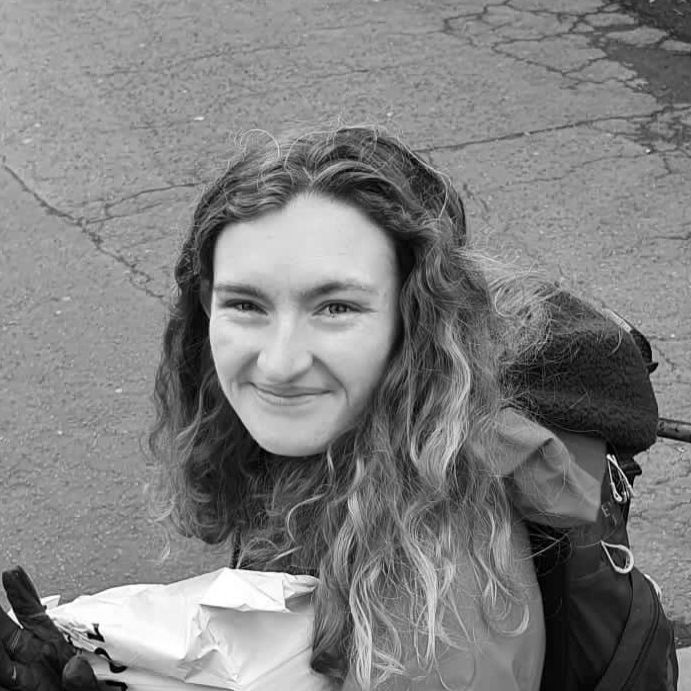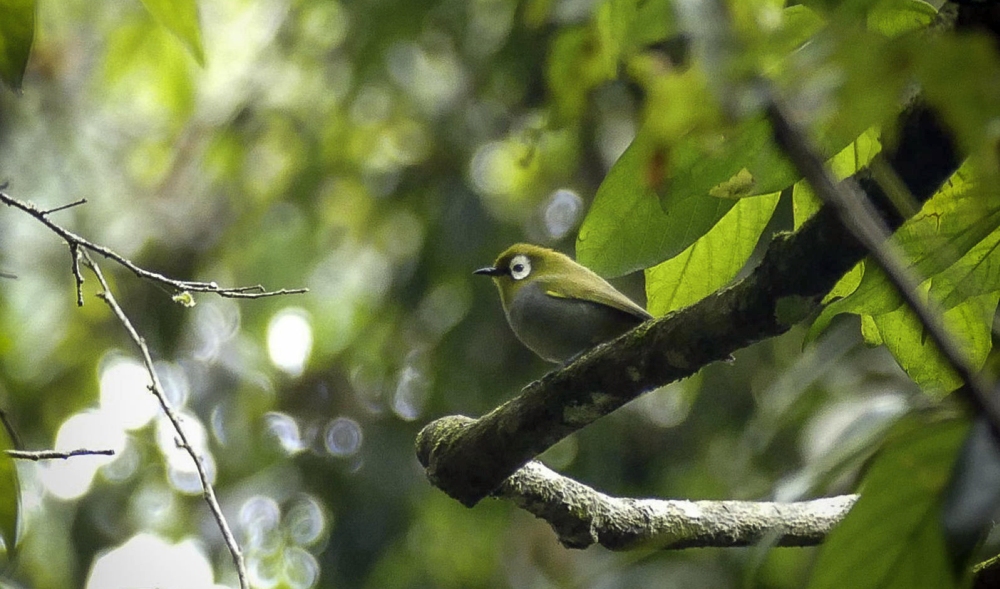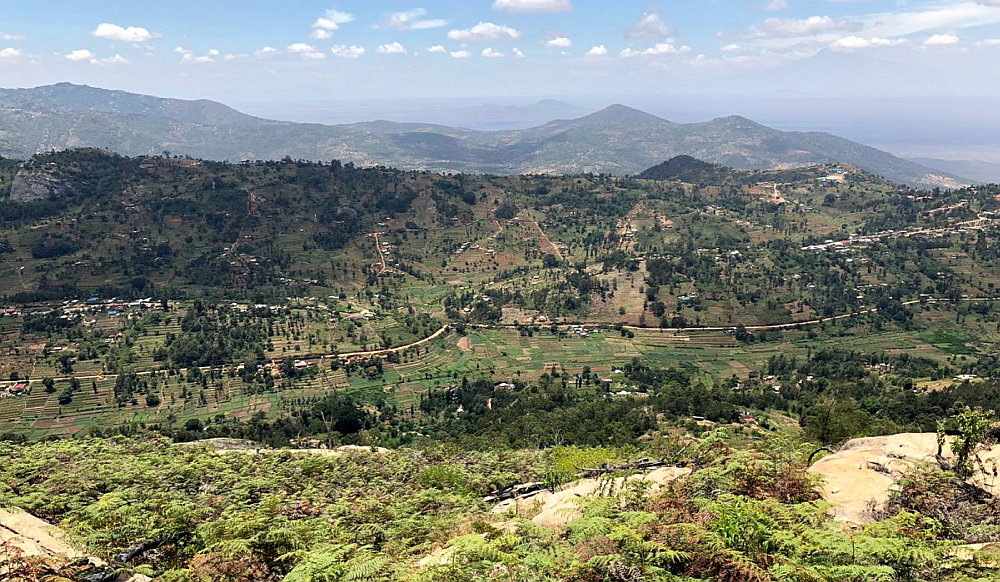
Dr. Claudia Martin
Terrestrial Ecology Unit
Department of Biology
Ghent University
K.L. Ledeganckstraat 35
9000 Gent Belgium
E-mail: claudia.martin@ugent.be
Population genomics of the rapidly speciating East African White-eye
Ecological change and habitat disturbance are major drivers of biodiversity loss and extinction, and yet we do not know to what extent these same process may drive the creation of new species. White-eyes (genus Zosterops)are the most rapidly evolving avian lineage, termed ‘The Great Speciator’, comprising a young species radiation with extraordinarily high diversification rates. In East Africa, divergence across these lineages has resulted in many highland and lowland species across the range. Over the last two million years, climatic shifts and volcanic activity have resulted in fluctuations in lake basins and forest cover, while in recent times (several thousand years ago until present) rapid and large-scale land conversion (e.g. logging and habitation) of formerly stable habitats by humans has resulted in loss of natural habitats and fragmentation into patches, restricting population ranges. While these processes are typically associated with loss of biodiversity, divergent evolutionary trajectories and rapid adaptation may have resulted in the species radiation that we observe in the East African White-eye.
My current research aims to understand the genomic basis for divergence across rapidly evolving Zosterops lineages in East Africa, and in turn, to determine key ecological drivers that underpin speciation. Using whole genome sequences from birds sampled across Kenyan cloud forests systems and lowland habitats, I focus on two key areas:
- To understand drivers of differentiation and speciation across the East African lineages, I will identify ‘genomic islands of divergence’ across highland sky islands and lowland lineages. Using these results paired with phenotypic species observations, I will assess to what extent the same environmental conditions repeatedly drive divergence in these species. To further understand these patterns, I will use population modelling to determine historical fluctuations in population sizes and divergence times for each of the lineages which can be correlated with environmental and habitat change. 10X Chromium de novo sequences will then be used to determine the importance of structural genomic variation underpinning speciation.
- To assess the impact of anthropogenic pressure on White-eye evolution, within the fragmented Taita Hills sky island system, I will investigate the genomic consequences of habitat fragmentation on the process of speciation. Specifically, I will investigate whether this case of “vanishing refuges” may have resulted in introgressive hybridization with the lowland congener as a result of gene flow through speciation.
This work forms part of the ‘Zosteromics’ project and is in collaboration with Luc Lens within the Terrestrial Ecology Unit (TEREC) and Filip Van Nieuwerburgh and Yannick Gansemans from the NXTGNT sequencing core facility at Ghent University (Belgium), Jan Engler at Dresden University of Technology (Germany), Alex Suh at the University of East Anglia (UK) and Juliano Cabral at the University of Würzburg (Germany).

